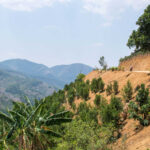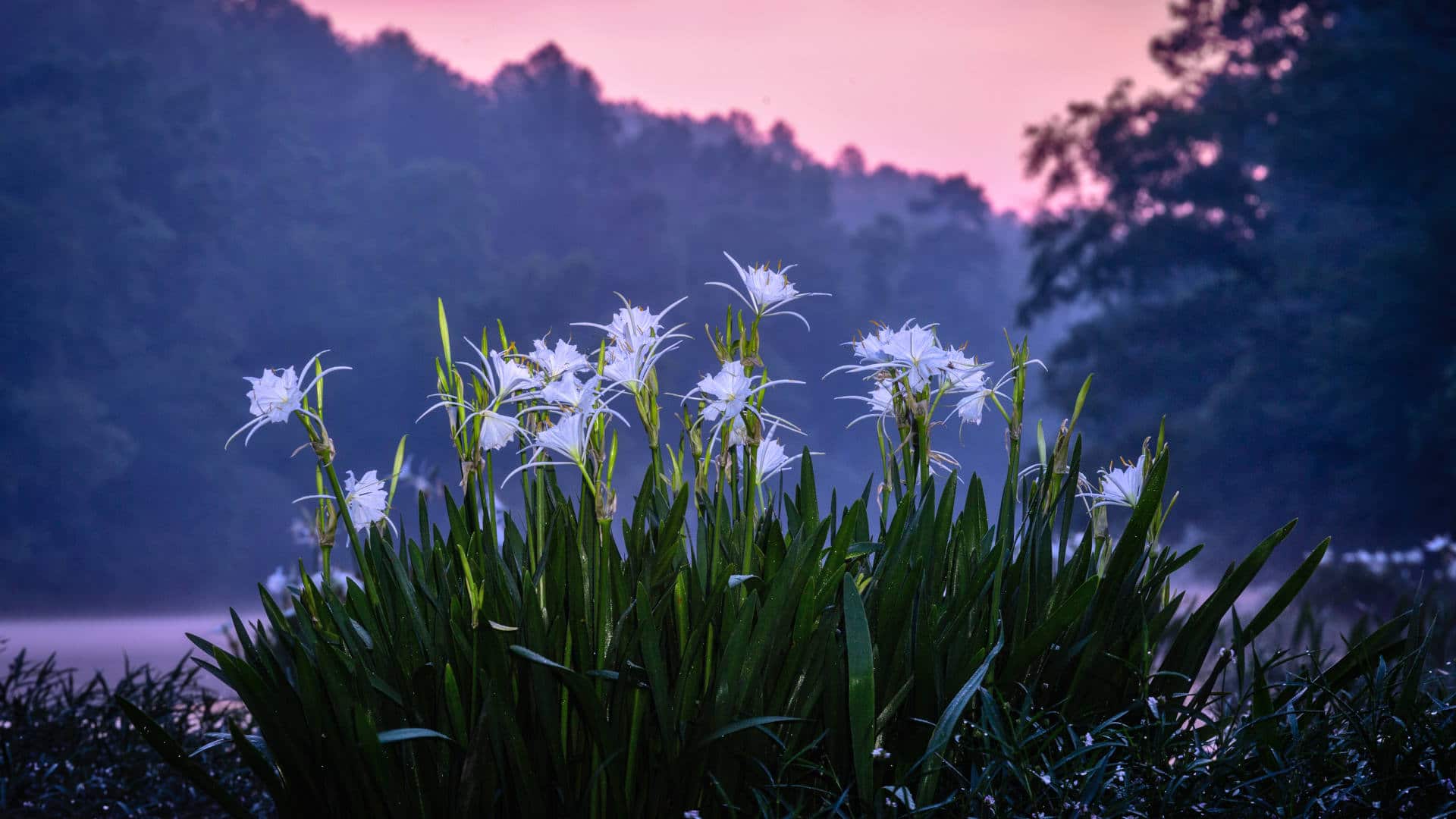When the sun warms Tombigbee River, chubby mussels the color of caramel know it’s fishing time. The lady fisher mussel — one of Alabama’s many endangered species — unspools a tenuous line of mucus. At the end of her line, which can stretch eight feet, a pocket of larvae flits in the current, mimicking a minnow. The object of her efforts is a passing fish, who will chomp on the bait only to find a gusher filled with baby mussels. The larvae latch onto the fish’s gills for a ride upstream before disembarking and starting a new life on the river bottom.
Alabama boasts 182 species of mussels — the most in the nation — each with its own fishing tactics. Wonders like this are the heart of environmental journalist Ben Raines’ book “Saving America’s Amazon: The Threat to Our Nation’s Most Biodiverse River System.” The Mobile River Basin, that is, a branching network of rivers and creeks that drains part of four neighboring states and most of Alabama into Mobile Bay. The state brims with ancient forests and muggy swamps, and has more kinds of oaks, snails, turtles, crawfish, and pitcher plants than any other. More than a third of all known freshwater fish species in the U.S., Canada, and Mexico call Alabama home.
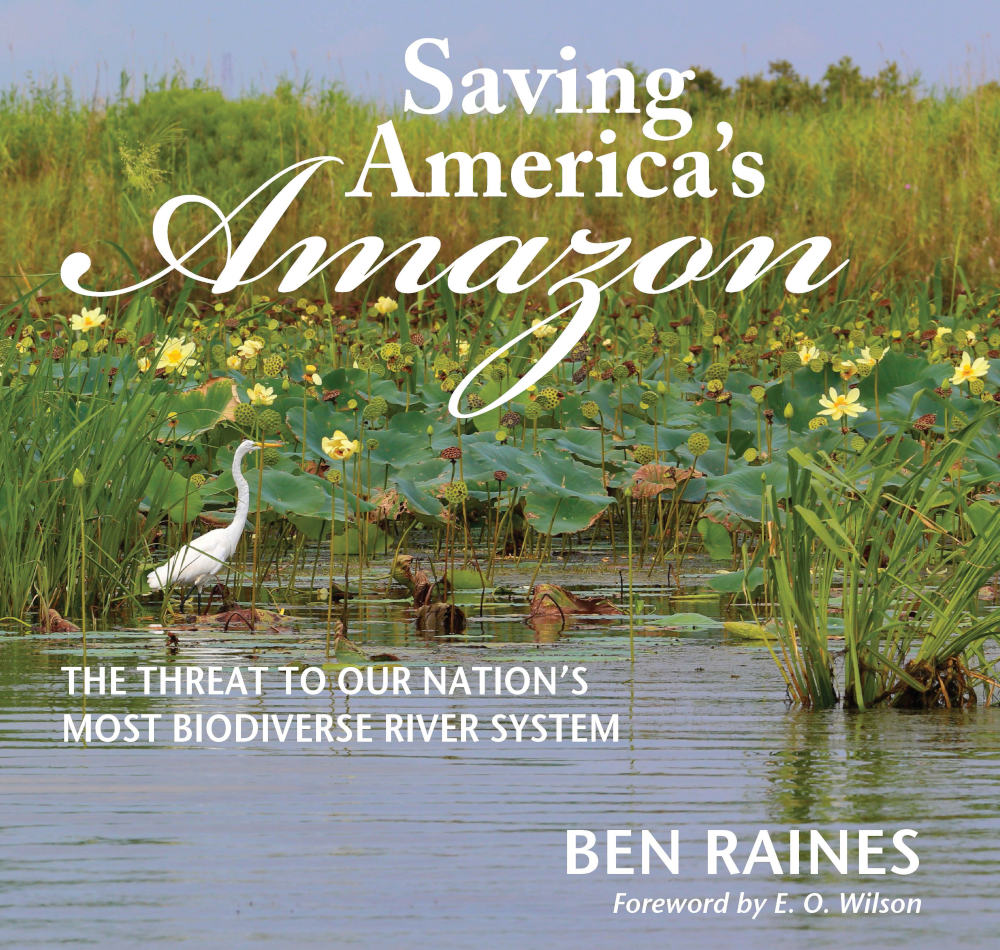
BOOK REVIEW — “Saving America’s Amazon: The Threat to Our Nation’s Most Biodiverse River System,” by Ben Raines (NewSouth Books, 200 pages).
Yet this diversity is largely overlooked. “Saving America’s Amazon” is Raines’ devotion to these riches and an earnest call to arms. “This is my attempt to make you fall in love, to care, to do something about this incredibly rich and rare place we call Alabama,” he writes. Despite a long history of pollution and puny environmental regulation, the state still has far more species per square mile than any other — and the fastest rate of extinctions. With manufacturing and coastal development on the rise, the looming reality is Alabama can’t claim both titles for long.
Unique circumstances of climate and geology, Raines explains, underlie Alabama’s stunning biodiversity. Over the last 100 million years, North America underwent a series of ice ages, which carpeted the continent with glaciers. But the glaciers never reached the Southeast, sparing present-day Alabama. Ancient life persisted in this oasis and scored an evolutionary leg-up as new species continued to form. At the southern edge of the continent, Alabama skirts the ocean. Once, most of the state was underwater. Receding seas left rich deposits from the seafloor that nurture plant growth. (So abundant with marine fossils is Alabama that in the 1840s, farmers in Clarkesville often uncovered bones of the Basilosaurus, the 60-foot-long whale ancestor. Chairs made of their vertebrae were a local fad.)
Starting with Alabama, trace a lateral line around a globe and you’ll cross Earth’s hottest deserts: to the east, Cairo and the Sahara; to the west, Phoenix and the Mojave. Alabama avoids a dry, dusty fate thanks to the Gulf of Mexico, which delivers abundant moisture. The combination of heat and rain effectively turns the state into a greenhouse.
A primeval cycle between freshwater rivers and the salty sea fuels the state’s lush growth. Springtime rains flush nutrients through the river basin and pour freshwater into the Gulf. With summer’s heat, the bay grows saltier, and the Gulf pushes saltwater upstream.
But the flow is broken. Raines traces Alabama’s history of land exploitation, from cotton to logging and coal, the unforeseen consequences of which threaten the waterways. A network of dams disrupts the natural movement of water. Rivers run dry, mud clouds the bay, pollution escapes unchecked.
The fractured system threatens countless species adapted to hyper-specific habitats, like the vermilion darter, a flashy fish known to live in just one stream. Dams, first built to enable statewide coal transport, are particularly egregious. The Mobile River Basin once glistened with fish migrating inland to spawn, much like the salmon of the Pacific. Dams thwart these attempts at reproduction, which harms the mussels that rely on the fish, and halt the flow of nutrients. The damming of the Coosa River led to the loss of 40 species — the country’s single greatest extinction event.
Raines shows how industry, development, and lax environmental management have pushed the system to the brink. His calls are twofold. First, impose land protections (Alabama protects 4 percent of the land, lagging far behind the rest of the country). Second, boost environmental regulation: both its budget — the lowest in the nation for many years now — and stringency. Where other states set rules, industry-friendly Alabama doles out recommendations. Climate change, which has made Mobile Bay more inviting to invasive species and bolstered Gulf hurricanes, is noticeably absent from Raines’ analysis. That omission is dated and limits his attempt to impart urgency.
Raines is a long-time journalist and filmmaker, known for his exploration of an underwater forest and discovery of the Clotilda wreckage, the last ship to bring enslaved Africans to the U.S. The book is based on articles previously published in the Mobile Press-Register, Birmingham News, and Huntsville Times — the effect being that one occasionally gets the feeling a story begins mid-conversation. Raines is an avid explorer and photographer with an eye for minute interactions between flora and fauna. He writes of sifting fossilized shark teeth from a riverbed, of slopes “too steep to scuttle up without grabbing hold of a tree root or one of the hunks of sandy, crumbly pieces of ancient coral and marl.” In one photo, ants chomp on a dragonfly entrapped by a carnivorous sundew.
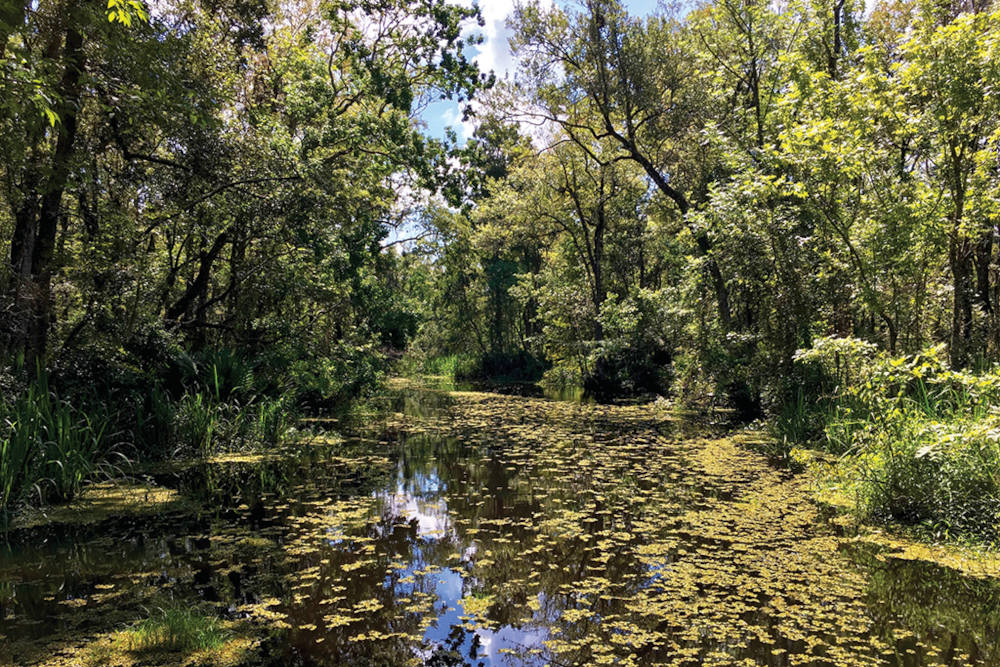
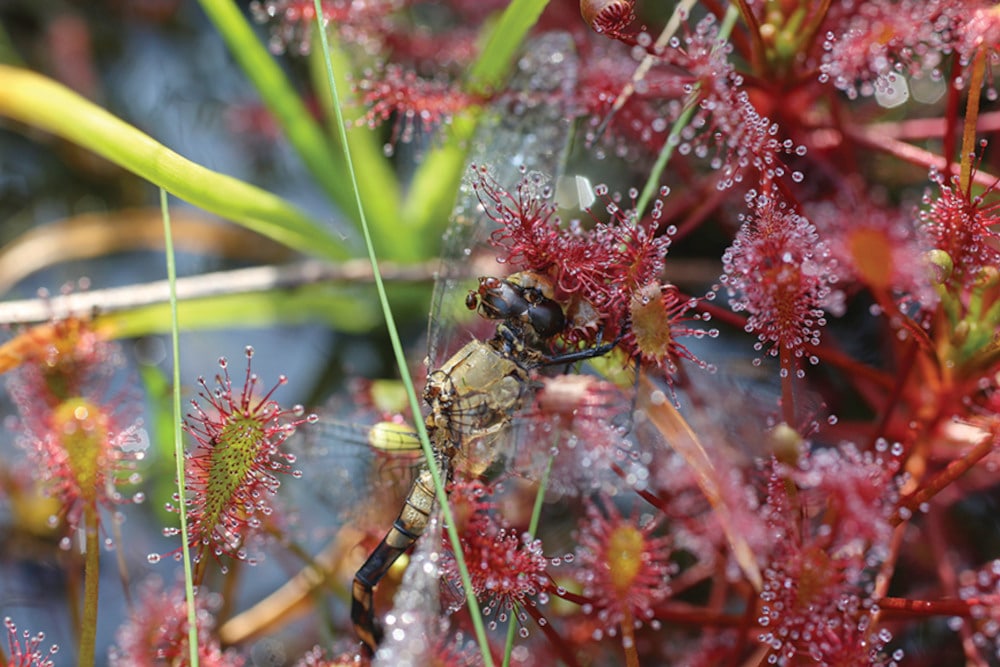
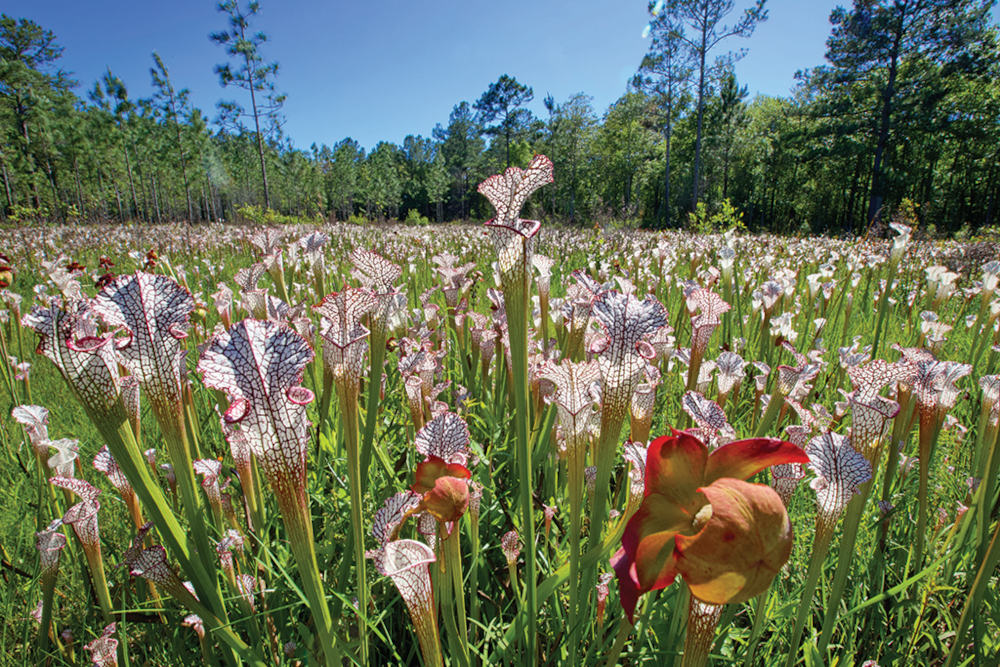
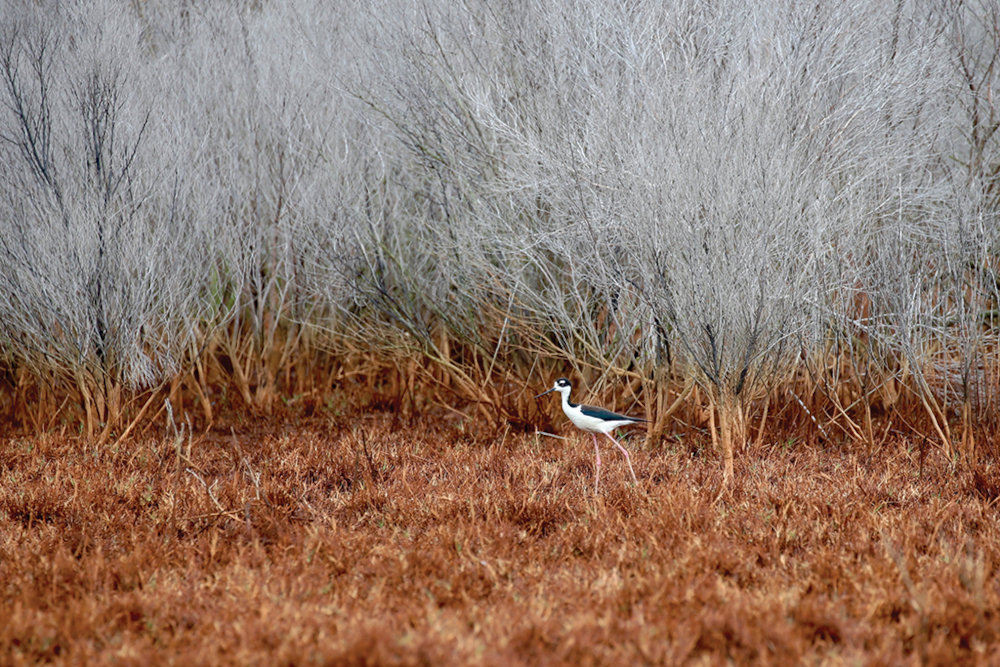
In 1975, my father’s family came to Alabama from Vietnam. The story goes, they sought a climate similar to home. They hit the jackpot: Raines cites a National Park Service study that found the world’s only other temperate region with biodiversity and productivity comparable to Alabama’s is Southeast Asia.
I grew up in a small town on the eastern shore of Mobile Bay. “Saving America’s Amazon” was, for me, a did-you-know book, which is to say, my reading was punctuated by breaks to ask the nearest person, did you know Charles Lyell studied Alabama as he developed his theory of steady change that defines modern geology? Or that a pitcher plant bog not too far from home once held the world record for most species of flowering plants in one square meter? (There were 63.) Or that bladderwort plants eat fish? I regretted not learning this history, these superlatives, in all my years of Alabama public school.
Raines suggests this bounty has long been overlooked, even by Alabamians, for its distance from prestigious research universities. The rest of the country sees “a century’s worth of bad press that framed the state in terms of what we’ve done to it, and in it, rather than what has always been present in the landscape beneath our feet.” Of course, he means cotton, slavery, civil rights protests, racist politicians. “But there is another Alabama, a wild Alabama,” he writes, in an effort to compartmentalize the state’s thorny identity.
The implication that Alabama history exists separately from the Alabama wild disappoints. Nature doesn’t blossom in a bell jar. The chalky bygone seafloor that lies beneath the Black Belt fed thick prairies as much as the cotton cultivation that once insisted upon slave labor. With a more expansive view, Raines might have considered how environmental health issues — which disproportionately impact Alabama’s black communities — could also benefit from the regulations he calls for. He misses an opportunity to invite readers to complicate their understanding of this state of both wonders and hauntings.
Lina Tran is science writer from the Alabama coast who is based in Washington, D.C.






